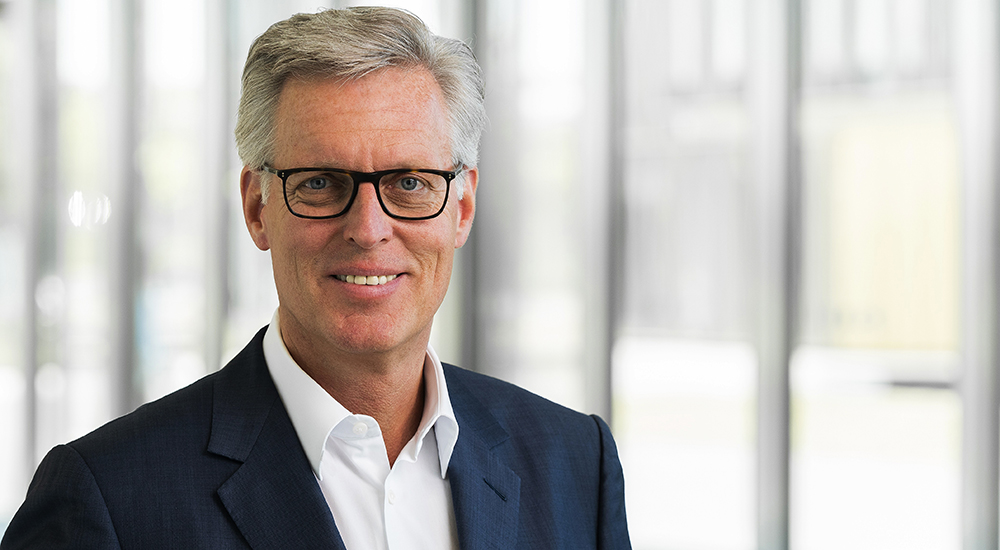We have come a long way when it comes to building distinctive infrastructure, setting up skyscrapers, creating tall and beautiful structures. Since 2000, the number of high-rise buildings has tripled. However, there has been less innovation until recently when it comes to skybridges.
A skyway, skybridge, or skywalk is a type of pedway consisting of an enclosed or covered footbridge between two or more structures. Skybridges can connect the tallest structures and you do not need to wait or even walk anymore to use it. The right elevator has been invented that helps you travel horizontally.
Kingdom Centre, the 99-floor skyscraper and one of the tallest in Saudi Arabia, has a 184-foot-skybridge at the very top. It weighs about 300 tons and is 918 meters above the sea level. The Petronas Twin Towers, an 88-floor building, in Malaysia is also interlinked with double-decker style skybridge on the 41st and 42nd floor.
Today, with inventions such as bullet trains and hyperloop projects that accelerate mobility, the distance between places has been reduced significantly. It has become much easier for commuters to travel. The GCC countries have made huge progress in urban mobility and public transport through autonomous transport, semi-automated ports, testing of delivery robots and drones, and passenger walkways.
An exemplary work in Dubai is the iconic Burj Khalifa, an 828-metre tower which is the world’s tallest structure and even has an observation deck at 452 meters. Dubai has completed 21 super tall buildings, which is more in number than in the next two cities combined – Guangzhou and Shenzhen.
According to commercial data provider 2thinknow’s 2018 report, Dubai holds first position in the region and 33rd in the world for being the most innovative in infrastructure development. Technology has indeed been the driving narrative for the UAE, which has seen significant strides being made in the last four decades to establish it as one of the most innovative nations.
This has been no doubt a giant leap for the UAE; if you look four decades back, the progress and thought-leadership achieved by the UAE in such as short span of time is nothing short of remarkable.
The next obvious move is to connect tall buildings and infrastructure with elevators that are custom-built to work in skybridges and move horizontally. Last month, the Council on Tall Buildings and Urban Habitat, an international body in the field of tall buildings and sustainable urban design, held its global conference in Dubai that focused on Polycentric Cities, The Future of Vertical Urbanism.
The event witnessed leading architects and urban mobility companies come together to discuss vertical and horizontal transport and how can travel time and costs be reduced significantly without compromising on sustainability and safety.
At the CTBUH 2018 Conference, the world’s first rope-free elevator that can move horizontally and vertically, was showcased. It ends the 160-year reign of the rope-dependent elevator that is considered the industry’s holy grail. It has a linear motor technology and replaces ropes used in vertical transportation for elevators in high-rise structures.
This comes with no building height or shape restrictions and adapts to different traffic concepts. It is key to connect skybridges, skyscrapers and tall structures. Additionally, it enables reduction of elevators’ footprint by up to 50% and provides more uptime availability leading to less passenger queues.
The horizontal movement of an elevator can redefine urban mobility and reduce waiting time. A study by Columbia University found that in 2010 alone, New York City office workers spent a cumulative 16.6 years waiting for elevators to transport them around a building. The waiting time is nearly three times higher than riding time and this is not acceptable. This clearly showcases the lack of efficiency in traditional elevator designs.
Worldwide, more than 12 million elevators make seven billion trips and move over one billion people every day. Urbanisation will see a 2.8 billion increase in city populations by 2050, with a key focus on emerging markets. Since 40% of all the energy worldwide is consumed in buildings, smart buildings are not the low-hanging fruit of energy efficiency. Such serious issues clearly indicate the need for an innovative as well as a sustainable solution for urban mobility.
Horizontal movement elevators have the capability to provide up to 75% reduction in peak power consumption. This is ideal for the UAE since the country is an early adopter of innovative technologies and is at the forefront of the real estate development. When installed in skybridges, this elevator can also act as an escape route from one building to another.
Key takeaways
- A skyway, skybridge, or skywalk is a type of pedway consisting of an enclosed or covered footbridge between two or more structures.
- Skybridges can connect the tallest structures and you do not need to wait or even walk anymore to use it.
- Dubai has completed 21 super tall buildings, which is more in number than in the next two cities combined – Guangzhou and Shenzhen.
- The horizontal movement of an elevator can redefine urban mobility and reduce waiting time.
- A study found that in New York City office workers spent a cumulative 16.6 years waiting for elevators to transport them.
- Horizontal movement elevators have the capability to provide up to 75% reduction in peak power consumption.
Recent innovations have created horizontal movement elevators thereby disrupting visitor movements inside buildings, explains Prof Michael Cesarz at MULTI.



















